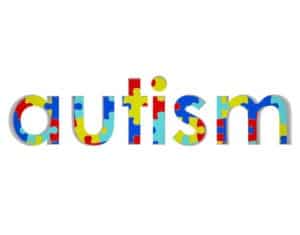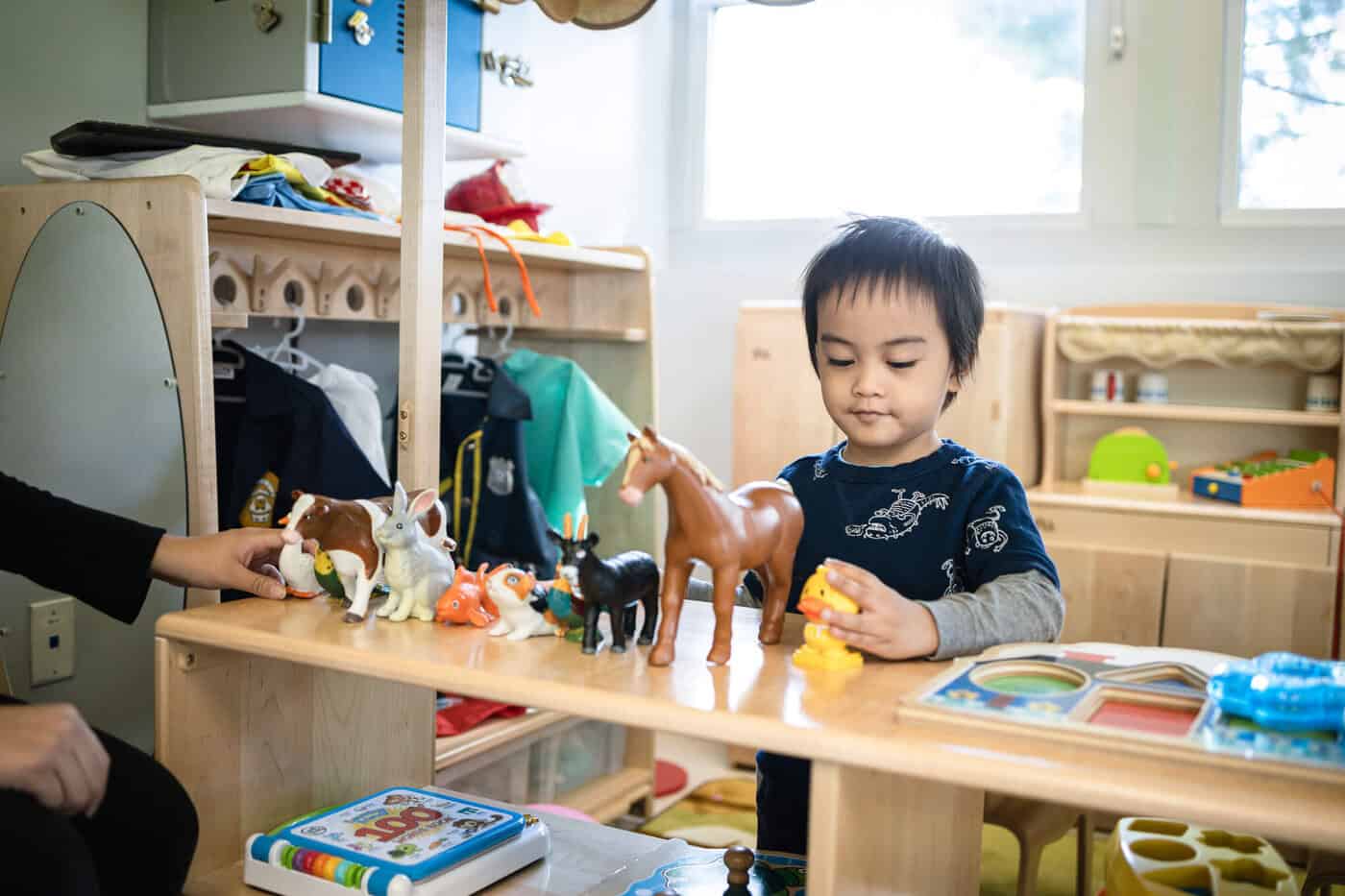
Children with autism spectrum disorders often benefit from schools for children with special needs. An Individualized Education Program (IEP) outlines how the school will meet students’ individual needs, and is customized to each special needs student. While an IEP can be a great asset to a teacher working with special needs children, he or she must know how to help a student succeed in class, as well.
One of the best things a teacher can do to help children with autism spectrum disorders or other learning disabilities is to create a consistent schedule and stick to it. Preparing for upcoming variations in the schedule and telling children ahead of time can help make the transition to the new schedule smoother.
Speaking calmly and clearly will help students to remain calm. Teachers should avoid use of sarcasm or idioms that may confuse or frustrate the students. Giving directions using literal and concise language will be easiest for children to understand. Using gestures such as pointing and thumbs-up can help students to understand and follow instructions.
Another way teachers can help children with learning disabilities in school is by focusing lesson plans around their interests. The special needs student will be able to excel in the subject, and other students will see them as experts. This can build self-esteem and encourage positive social interaction.
Teaching children with autism spectrum disorders can be difficult, but many instructors find that teaching special needs children is extremely rewarding as well. With assistance from parents, physicians, and other educators, teachers can play a large part in helping the student succeed.
